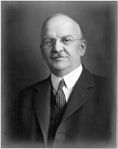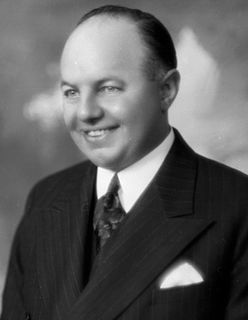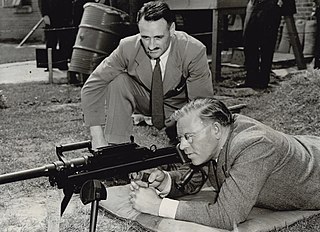| |||||||||||||||||||||||||||||||||||||||||||||||||||||||||||||||||
112 seats in the 17th Legislative Assembly of Ontario 57 seats were needed for a majority | |||||||||||||||||||||||||||||||||||||||||||||||||||||||||||||||||
| |||||||||||||||||||||||||||||||||||||||||||||||||||||||||||||||||
| |||||||||||||||||||||||||||||||||||||||||||||||||||||||||||||||||
The Ontario general election, 1926 was the 17th general election held in the Province of Ontario, Canada. It was held on December 1, 1926, to elect the 112 Members of the 17th Legislative Assembly of Ontario ("MLAs").

Ontario is one of the 13 provinces and territories of Canada and is located in east-central Canada. It is Canada's most populous province accounting for 38.3 percent of the country's population, and is the second-largest province in total area. Ontario is fourth-largest jurisdiction in total area when the territories of the Northwest Territories and Nunavut are included. It is home to the nation's capital city, Ottawa, and the nation's most populous city, Toronto, which is also Ontario's provincial capital.
The Ontario Conservative Party, led by George Howard Ferguson, was re-elected for a second term in government, despite losing a few seats in the Legislative Assembly. The principal issue of the campaign was the government's proposal to repeal the Ontario Temperance Act and replace prohibition with government control of liquor sales. The Opposition Liberal and Progressive parties both campaigned against repeal and one of Ferguson's ministers, William Folger Nickle, resigned from the cabinet and ran for re-election against the government as a Prohibitionist candidate.
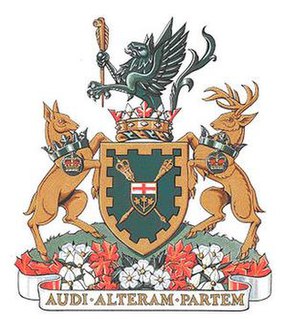
The Legislative Assembly of Ontario is one of two components of the Legislature of Ontario, the other being the Lieutenant Governor of Ontario. The Legislative Assembly is the second largest Canadian provincial deliberative assembly by number of members after the National Assembly of Quebec. The Assembly meets at the Ontario Legislative Building at Queen's Park in the provincial capital of Toronto.
The Ontario Temperance Act was a law passed in 1916 that led to the Prohibition of alcohol in Ontario. When the act was first enacted, the sale of alcohol was prohibited, but liquor could still be manufactured in the province or imported. Strong support for prohibition came from religious elements of society such as pietistic Protestants, especially Methodists, seeking to eliminate what they considered the evil effects of liquor, including violence, family abuse, and political corruption. Historically, temperance advocates in Ontario drew inspiration from the movement in the United States.
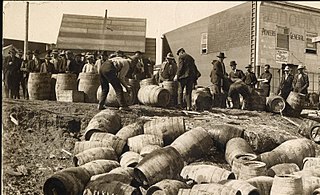
Prohibition is the act or practice of forbidding something by law; more particularly the term refers to the banning of the manufacture, storage, transportation, sale, possession, and consumption of alcoholic beverages. The word is also used to refer to a period of time during which such bans are enforced.
The Ontario Liberal Party, led by W.E.N. Sinclair, maintained its 14 seats. After the defeat of the United Farmers of Ontario in the previous election, the farmers organization decided to withdraw from electoral politics and most UFO MPPs redesignated themselves as Progressives with former UFO Attorney-General William Edgar Raney becoming party leader. Nevertheless, several MPPs, including Raney himself, continued to run as candidates endorsed by local UFO associations despite the decision of the organization as a whole not to run in elections. The Progressive/UFO faction won 13 seats. As well, four Liberal-Progressive candidates were elected, along with various independents. Karl Homuth of Waterloo South was the only Labour MLA returned; a former UFO-Labour MLA, he would run as a Conservative in the 1929 election.
The Ontario Liberal Party is a provincial political party in the province of Ontario, Canada. The party is ideologically aligned with the Liberal Party of Canada but the two parties are organizationally independent and have separate, though overlapping, memberships.
The United Farmers of Ontario (UFO) was an agrarian and populist provincial political party in Ontario, Canada. It was the Ontario provincial branch of the United Farmers movement of the early part of the 20th century.
The Progressive Party of Canada was a federal-level political party in Canada in the 1920s until 1930. It was linked with the provincial United Farmers parties in several provinces, and it spawned the Progressive Party of Saskatchewan, and the Progressive Party of Manitoba, which formed the government of that province. The Progressive Party was part of the farmers' political movement that included federal and provincial Progressive and United Farmers' parties.
